Home>Gardening & Outdoor>Landscaping Ideas>What Is Sage Grass
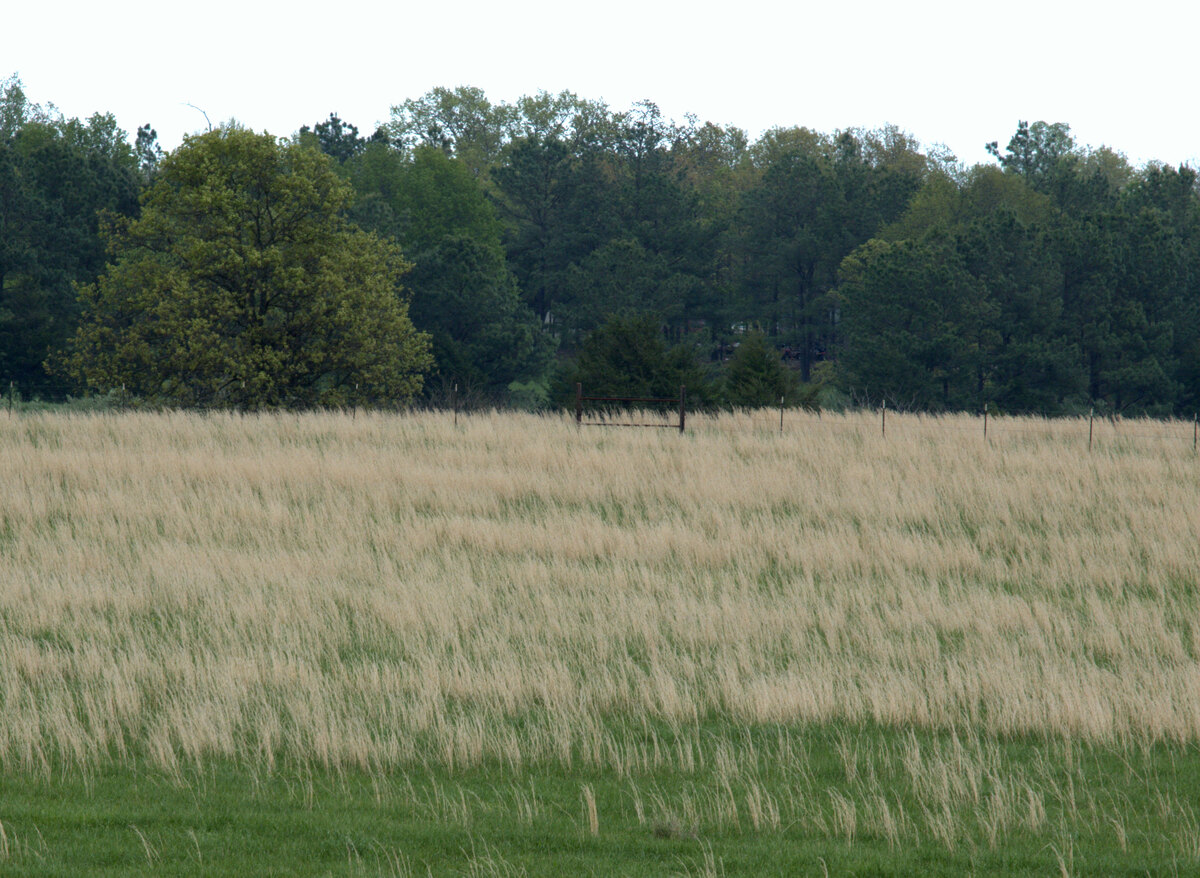

Landscaping Ideas
What Is Sage Grass
Modified: March 24, 2024
Discover the benefits of sage grass for landscaping ideas. Learn how to incorporate this versatile plant into your outdoor spaces.
(Many of the links in this article redirect to a specific reviewed product. Your purchase of these products through affiliate links helps to generate commission for Storables.com, at no extra cost. Learn more)
Introduction
Welcome to the world of landscaping, where nature’s beauty meets human creativity. In this article, we’ll explore the wonders of sage grass – a versatile and visually captivating plant that has earned a special place in the hearts of landscape designers and nature enthusiasts alike.
As we delve into the characteristics, uses, cultivation, and benefits of sage grass, you’ll gain a deeper understanding of this remarkable plant and its potential to transform outdoor spaces into stunning natural sanctuaries.
Join us on this journey as we uncover the secrets of sage grass and learn how it can elevate the aesthetic appeal and ecological balance of any landscape.
Key Takeaways:
- Sage grass is a resilient and visually captivating plant with silvery-green foliage and aromatic allure, making it ideal for sustainable landscaping projects in diverse outdoor environments.
- Sage grass offers ecological, practical, and cultural benefits, serving as a low-maintenance, pest-repelling, and culturally significant plant that enriches outdoor spaces while promoting environmental responsibility and cultural preservation.
Read more: How To Get Rid Of Sage Grass
Characteristics of Sage Grass
Sage grass, scientifically known as Artemisia ludoviciana, is a perennial plant native to North America. This resilient and adaptable grass species is renowned for its striking appearance and numerous unique characteristics, making it a popular choice for landscaping projects.
One of the most notable features of sage grass is its silvery-green foliage, which adds a touch of elegance and tranquility to any outdoor setting. The slender, linear leaves of the plant create a soft, feathery texture that sways gracefully in the breeze, adding movement and visual interest to the landscape.
Another distinguishing trait of sage grass is its aromatic nature. The plant emits a pleasant, earthy fragrance, enhancing the sensory experience of any garden or natural area where it is cultivated. This aromatic quality also serves as a natural deterrent for certain pests, contributing to the plant’s resilience and ability to thrive in various environments.
Furthermore, sage grass is known for its hardiness and low maintenance requirements. It exhibits excellent drought tolerance and can adapt to a range of soil conditions, making it an ideal choice for sustainable landscaping projects. Whether used as a ground cover, border plant, or focal point in a xeriscape design, sage grass demonstrates exceptional resilience and longevity.
With its graceful appearance, aromatic allure, and adaptability, sage grass stands out as a versatile and visually captivating addition to any landscape, offering a myriad of creative possibilities for designers and homeowners alike.
Uses of Sage Grass
Sage grass, with its unique characteristics and aesthetic appeal, serves a variety of practical and ornamental purposes in landscaping and horticulture. Its versatility and visual allure make it a valuable asset in creating diverse outdoor environments.
One of the primary uses of sage grass is as a decorative element in landscaping. Its silvery-green foliage and feathery texture add a touch of elegance to garden beds, borders, and naturalized areas. Whether used as a ground cover or as a complementary accent plant, sage grass lends a sense of tranquility and natural charm to the landscape.
Furthermore, sage grass is often incorporated into xeriscape designs and water-wise landscapes. Its exceptional drought tolerance and low water requirements make it an ideal choice for arid and semi-arid regions, where it can thrive without placing undue strain on water resources. By utilizing sage grass in sustainable landscaping projects, designers and homeowners can create visually stunning outdoor spaces while promoting environmental responsibility.
In addition to its ornamental value, sage grass also offers practical benefits. Its aromatic foliage acts as a natural deterrent for certain pests, making it a valuable addition to gardens and outdoor living areas. The plant’s resilience and adaptability further contribute to its utility in erosion control, soil stabilization, and restoration projects, where it can help mitigate environmental impact and promote ecological balance.
Moreover, sage grass has cultural and medicinal significance. In some indigenous traditions, the plant has been used for its aromatic and therapeutic properties, adding a layer of cultural richness to its botanical appeal. Whether used for landscaping, ecological restoration, or cultural preservation, sage grass embodies a harmonious blend of aesthetic, practical, and cultural significance.
By harnessing the diverse uses of sage grass, landscape designers and horticulture enthusiasts can unlock its full potential as a versatile and valuable asset in creating sustainable, visually captivating outdoor spaces.
Sage grass, also known as Artemisia tridentata, is a drought-resistant plant commonly found in the western United States. It is often used for its aromatic properties in cooking and for its medicinal benefits.
Cultivation of Sage Grass
Cultivating sage grass is a rewarding endeavor that offers both aesthetic and ecological benefits. Whether incorporated into residential landscapes, public parks, or natural restoration projects, the cultivation of sage grass requires an understanding of its growing conditions, propagation methods, and maintenance practices.
Sage grass thrives in well-drained soil and prefers full sun, making it well-suited for a variety of outdoor environments. When establishing sage grass in a new planting area, it is essential to prepare the soil by amending it with organic matter to enhance moisture retention and fertility. This initial preparation sets the stage for successful establishment and long-term growth of the plant.
Propagation of sage grass can be achieved through both seeds and vegetative means. For those seeking to propagate the plant from seeds, it is advisable to sow them in a prepared seedbed and maintain consistent moisture levels to support germination. Alternatively, division of mature plants can be carried out in early spring or fall, allowing for the creation of new plantings from established specimens.
Once established, sage grass requires minimal maintenance, making it an attractive option for low-maintenance landscapes. Regular watering during the initial establishment phase is beneficial, but the plant’s drought tolerance allows for reduced watering once it is well-rooted. Pruning or shearing the plant in early spring can help promote vigorous growth and maintain its desired shape and density.
For those seeking to incorporate sage grass into sustainable landscaping practices, xeriscaping techniques can be employed to minimize water usage and promote ecological balance. By combining sage grass with other drought-tolerant plants and utilizing mulch to conserve moisture, a water-wise landscape can be created, reducing the environmental impact while enhancing the visual appeal of the outdoor space.
Overall, the cultivation of sage grass offers a harmonious blend of aesthetic, ecological, and practical benefits. By understanding its growing requirements and maintenance needs, landscape enthusiasts can harness the full potential of this resilient and visually captivating plant, creating sustainable and visually stunning outdoor environments.
Benefits of Sage Grass
Sage grass, with its unique attributes and versatile nature, offers a host of benefits that extend beyond its visual appeal. From ecological contributions to practical applications, this resilient plant enriches outdoor spaces and provides a myriad of advantages for both the environment and those who cultivate it.
One of the primary benefits of sage grass lies in its ecological value. As a drought-tolerant and adaptable plant, sage grass plays a crucial role in sustainable landscaping practices, particularly in arid and semi-arid regions. By reducing water usage and promoting soil stability, sage grass contributes to the conservation of natural resources and the preservation of fragile ecosystems.
Furthermore, the aromatic foliage of sage grass serves as a natural deterrent for certain pests, offering a chemical-free means of pest management in gardens and outdoor living areas. This inherent pest-repelling quality not only reduces the reliance on synthetic pesticides but also contributes to a healthier and more balanced ecological environment.
In addition to its ecological benefits, sage grass provides practical advantages for landscaping and horticultural purposes. Its low maintenance requirements and resilience make it an ideal choice for creating visually captivating outdoor spaces with minimal upkeep. Whether used as a ground cover, accent plant, or component of xeriscape designs, sage grass offers a sustainable and aesthetically pleasing option for diverse landscaping projects.
Moreover, sage grass has cultural and historical significance, adding a layer of richness to its botanical appeal. In some indigenous traditions, the plant has been utilized for its aromatic and medicinal properties, connecting it to broader cultural and traditional practices. By incorporating sage grass into landscapes, individuals can honor and preserve these cultural connections while enjoying the plant’s aesthetic and practical benefits.
Overall, the benefits of sage grass encompass ecological sustainability, natural pest management, low maintenance landscaping, and cultural significance. By harnessing these advantages, landscape designers, horticulturists, and nature enthusiasts can cultivate visually stunning outdoor environments while promoting environmental responsibility and cultural preservation.
Read more: How To Get Rid Of Sage Grass In Pastures
Conclusion
In conclusion, sage grass stands as a testament to nature’s resilience and beauty, offering a wealth of attributes that make it a valuable asset in landscaping and horticulture. From its silvery-green foliage and aromatic allure to its ecological contributions and cultural significance, sage grass embodies a harmonious blend of aesthetic, practical, and environmental benefits.
As we’ve explored its characteristics, uses, cultivation, and benefits, it becomes clear that sage grass holds immense potential for creating sustainable and visually captivating outdoor spaces. Whether incorporated into water-wise landscapes, utilized for pest management, or celebrated for its cultural heritage, sage grass enriches the tapestry of nature and human creativity.
By understanding the unique qualities of sage grass and harnessing its diverse applications, landscape designers, horticulturists, and nature enthusiasts can unlock its full potential as a versatile and valuable component of outdoor environments. Its adaptability, resilience, and low maintenance requirements make it an ideal choice for sustainable landscaping practices, contributing to the conservation of natural resources and the promotion of ecological balance.
Furthermore, the cultural and historical significance of sage grass adds depth and meaning to its botanical appeal, connecting it to broader traditions and practices. By incorporating sage grass into landscapes, individuals can honor and preserve these cultural connections while enjoying the plant’s aesthetic and practical benefits.
In essence, sage grass represents a harmonious convergence of nature, culture, and creativity, offering a timeless and enduring presence in the ever-evolving tapestry of outdoor spaces. As we continue to appreciate and cultivate this remarkable plant, we contribute to the preservation of ecological balance, cultural heritage, and the timeless allure of natural landscapes.
So, whether you’re a landscape designer seeking sustainable solutions, a homeowner looking to enhance your outdoor oasis, or a nature enthusiast drawn to the beauty of native plants, consider the myriad ways in which sage grass can elevate and enrich outdoor environments, creating a lasting legacy of beauty and ecological harmony.
Frequently Asked Questions about What Is Sage Grass
Was this page helpful?
At Storables.com, we guarantee accurate and reliable information. Our content, validated by Expert Board Contributors, is crafted following stringent Editorial Policies. We're committed to providing you with well-researched, expert-backed insights for all your informational needs.
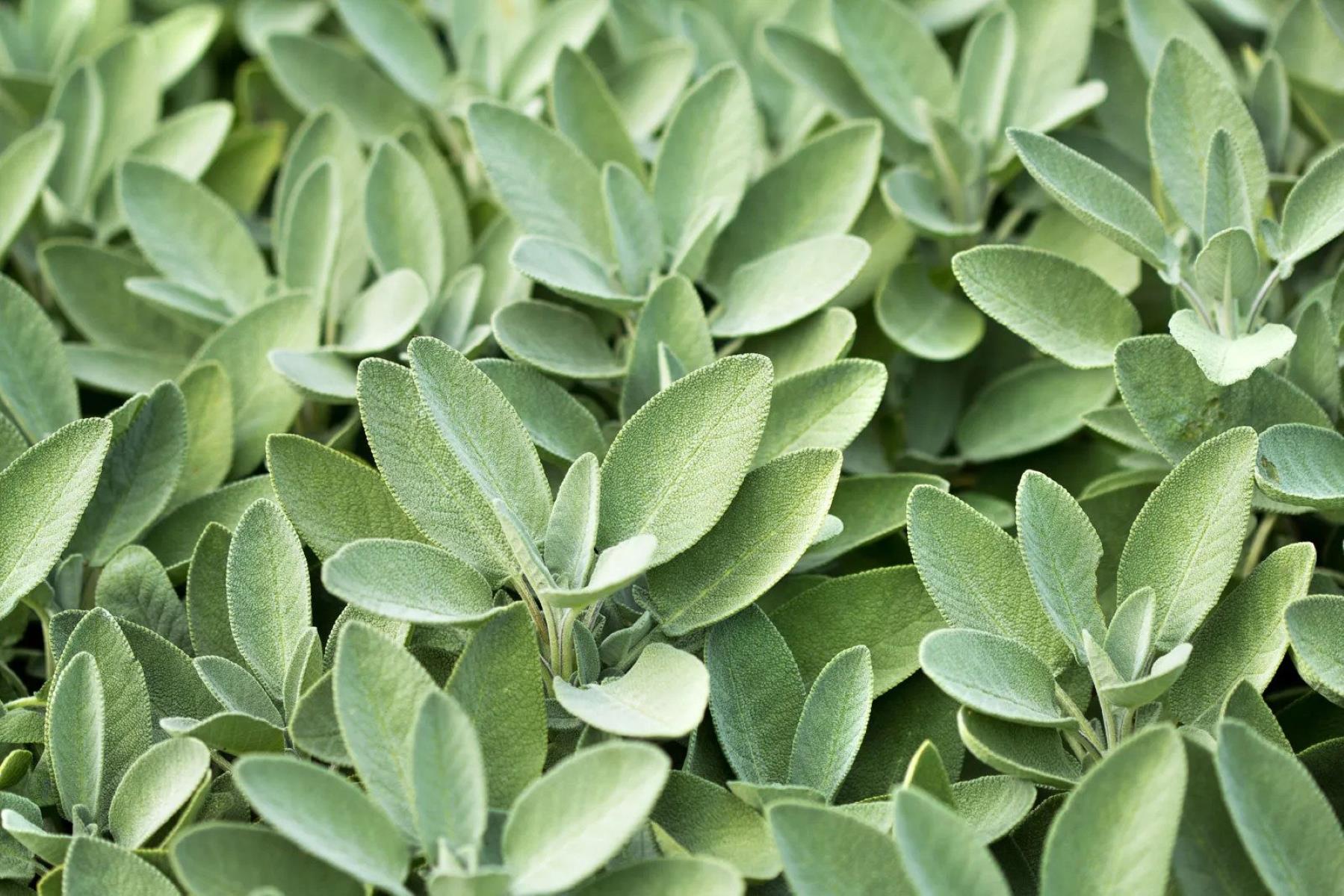

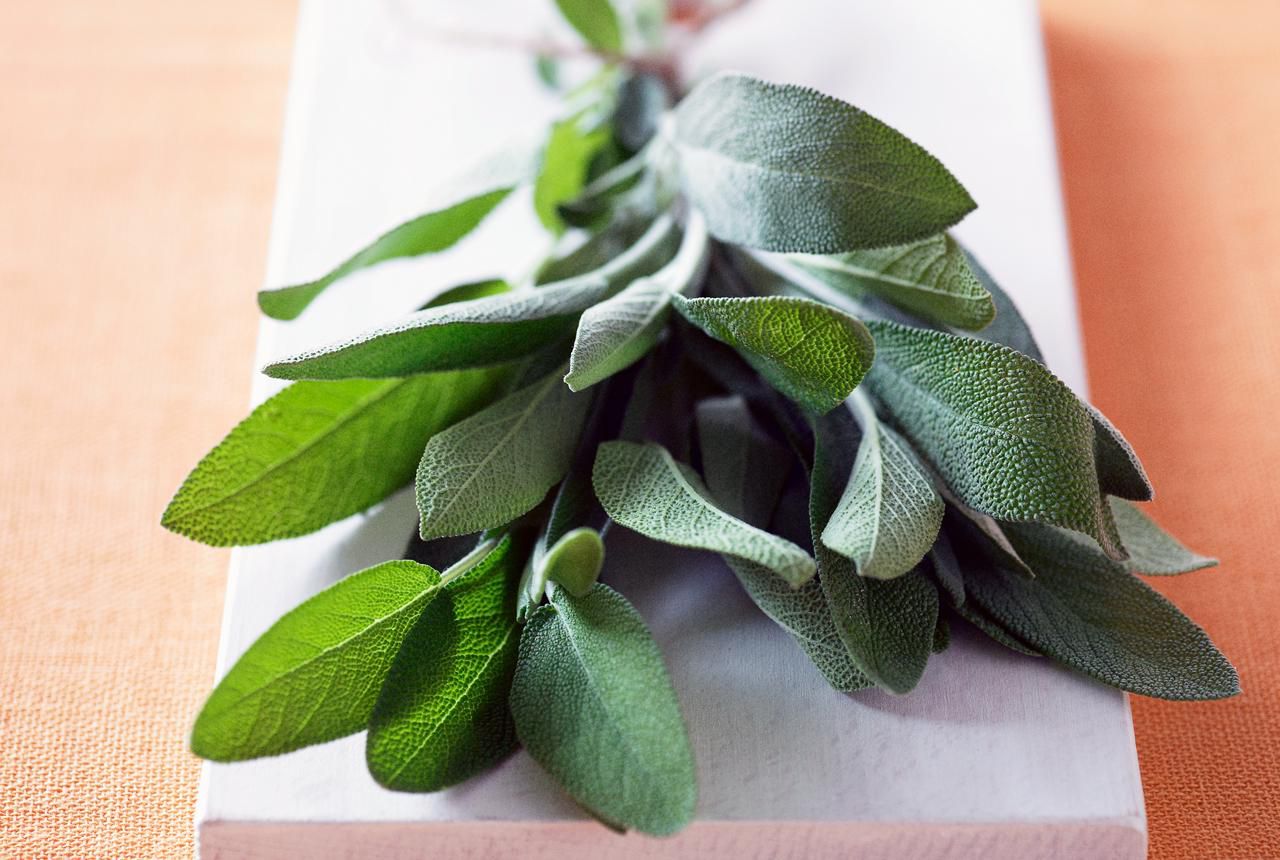
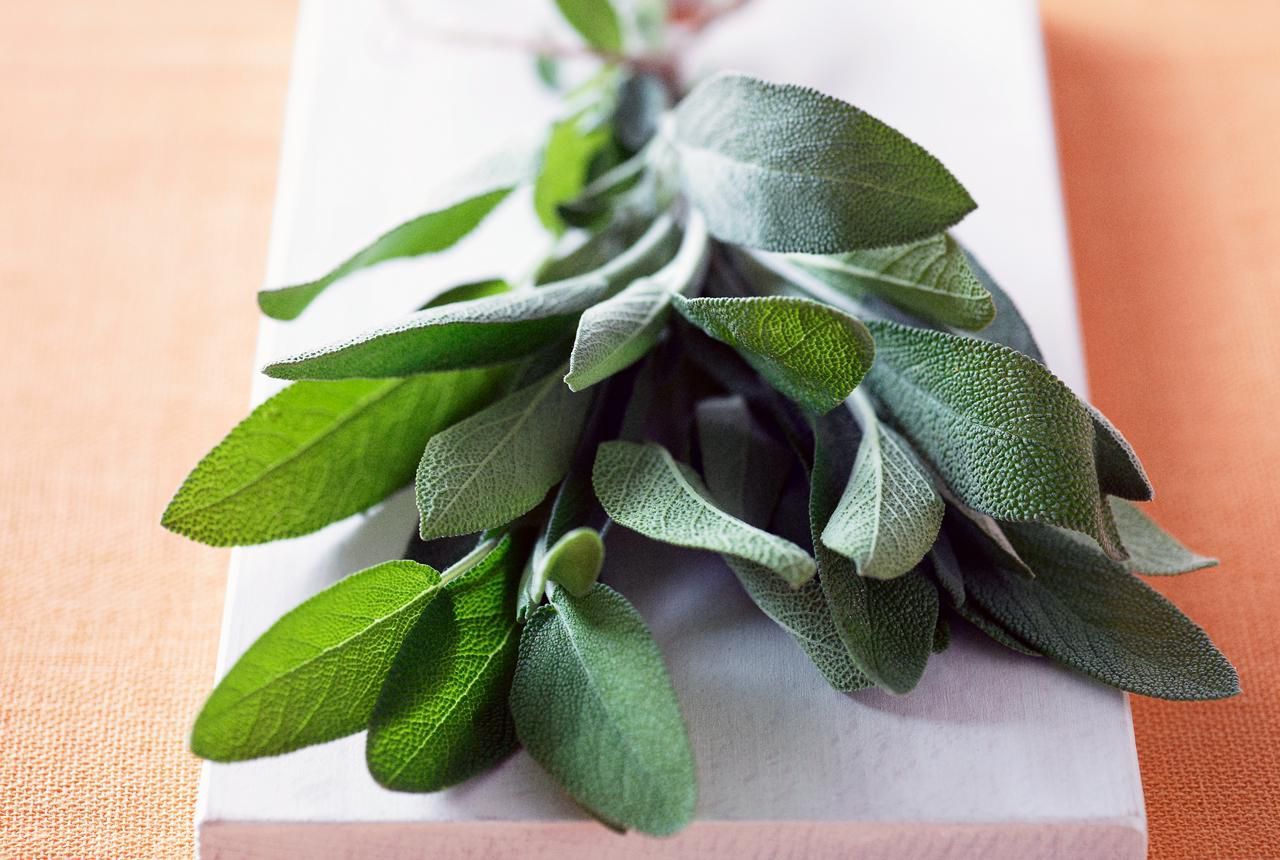
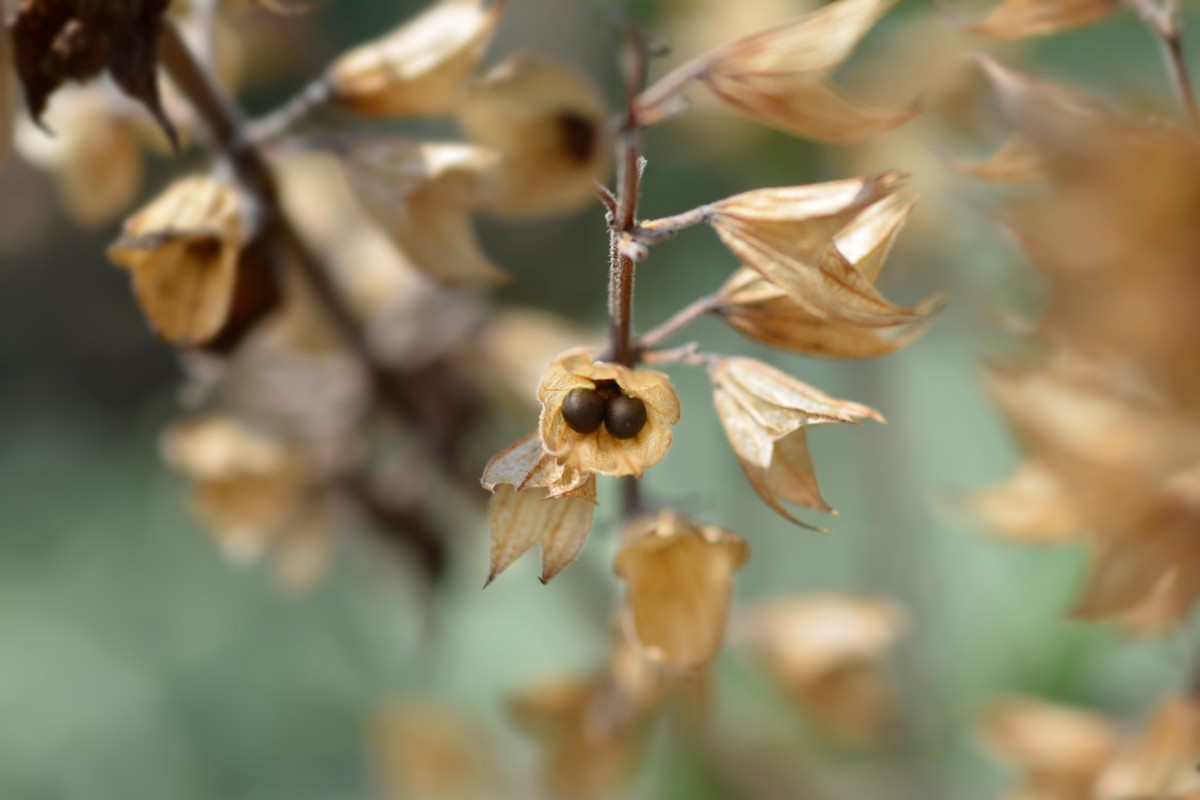
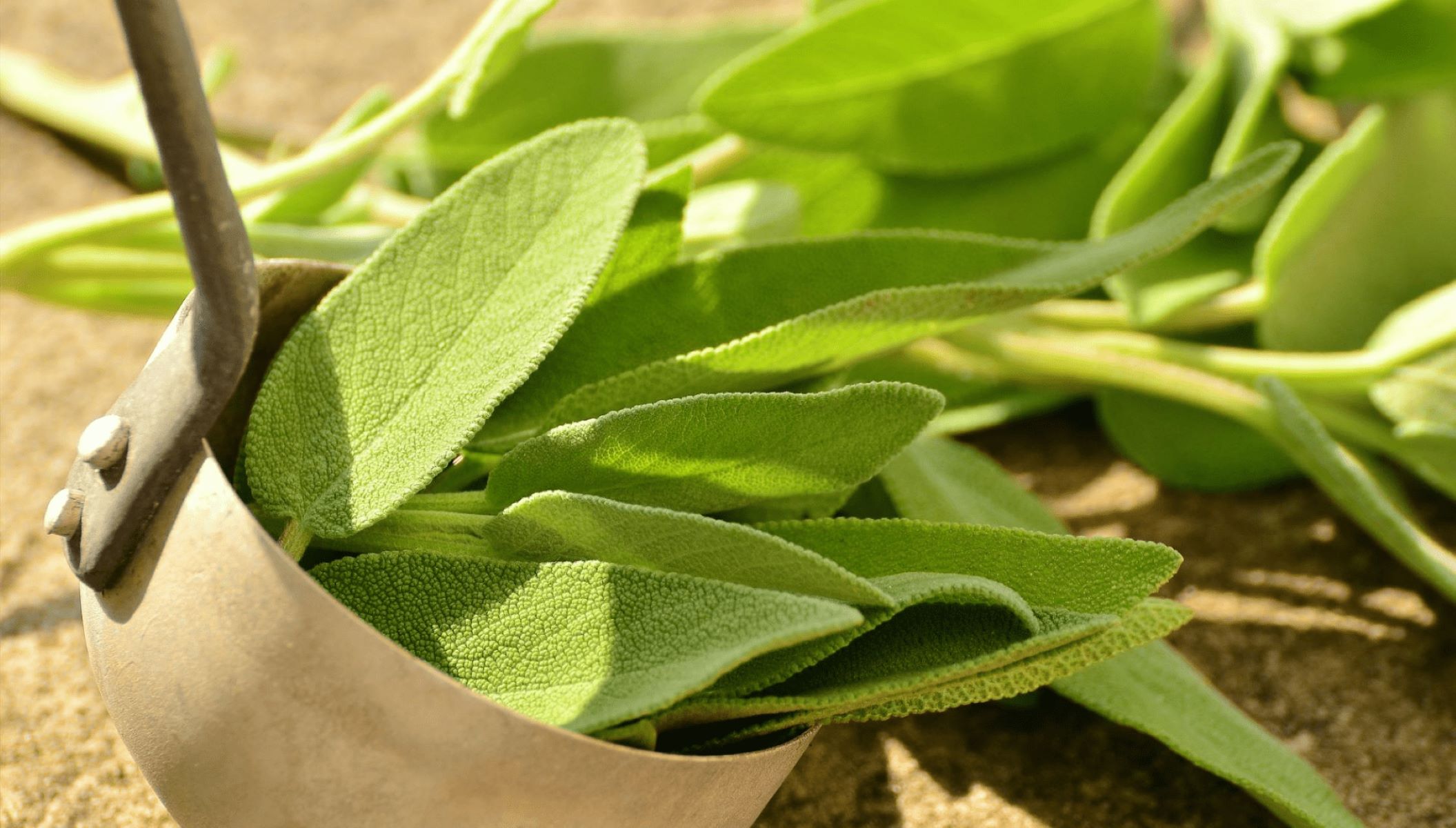

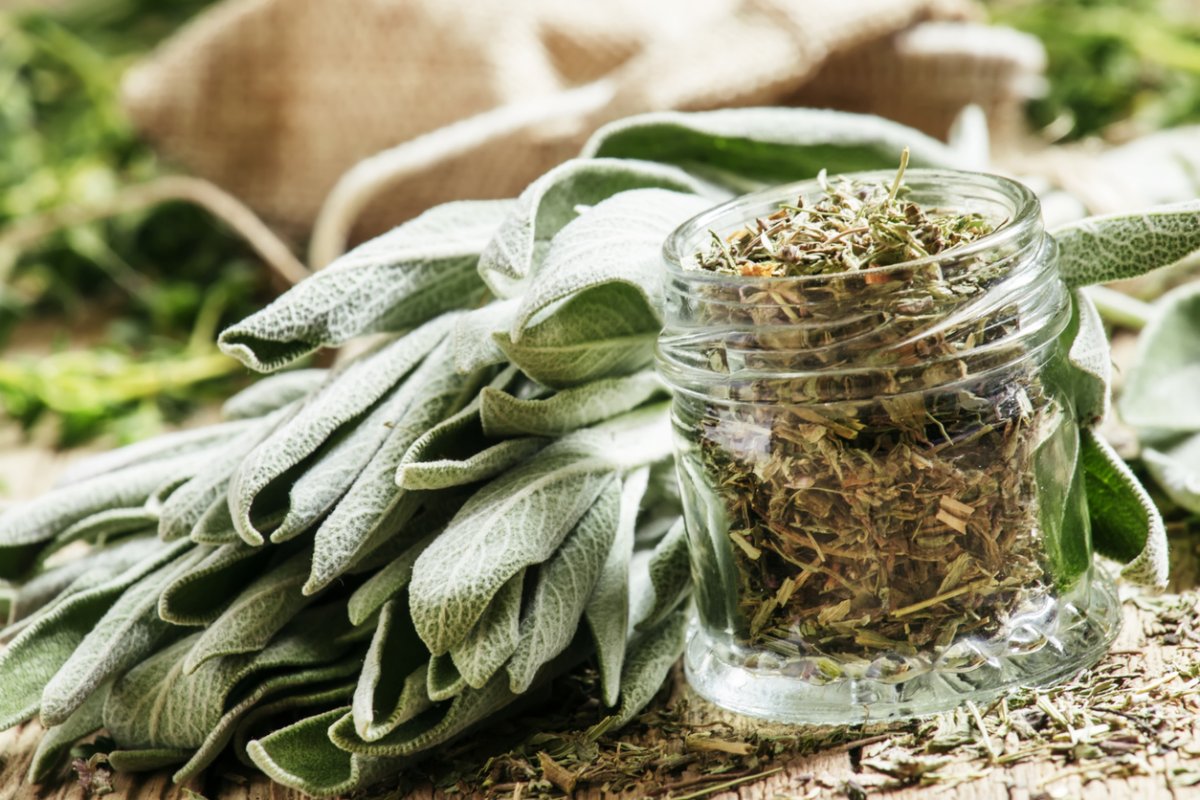
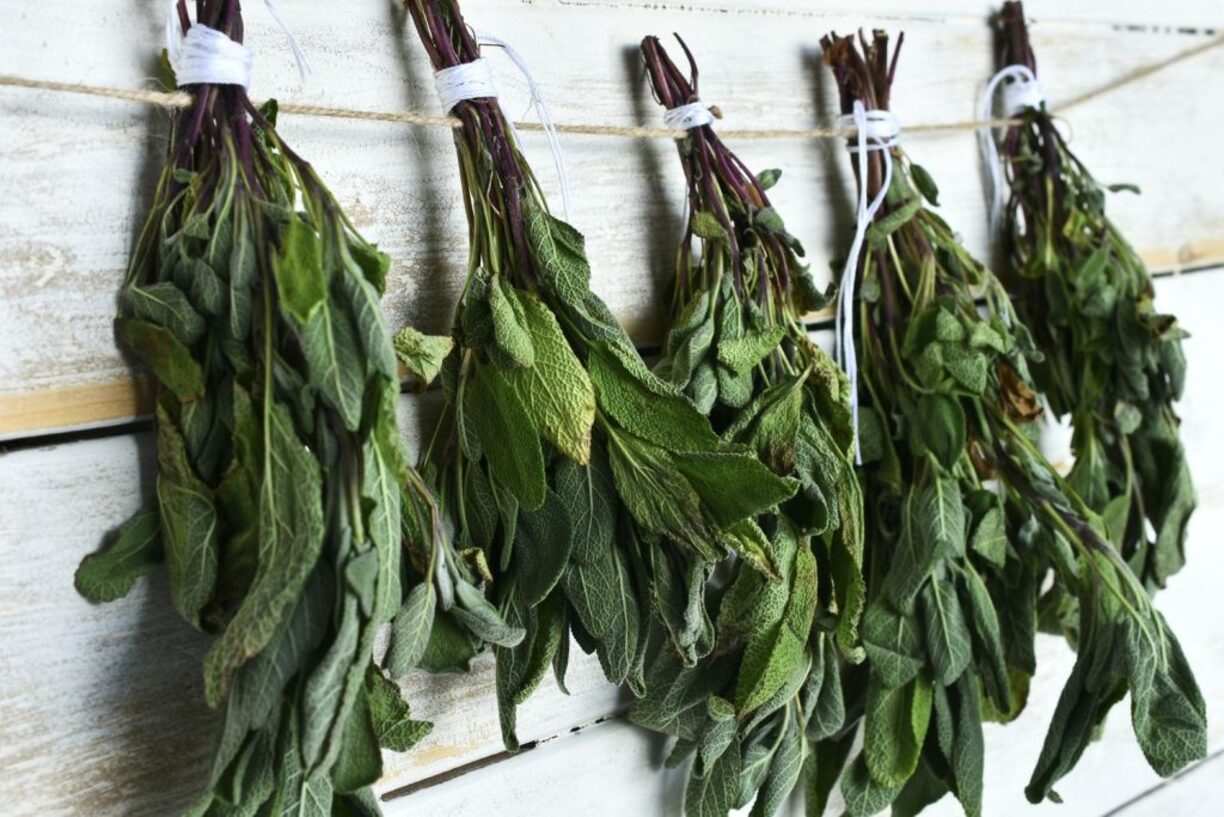
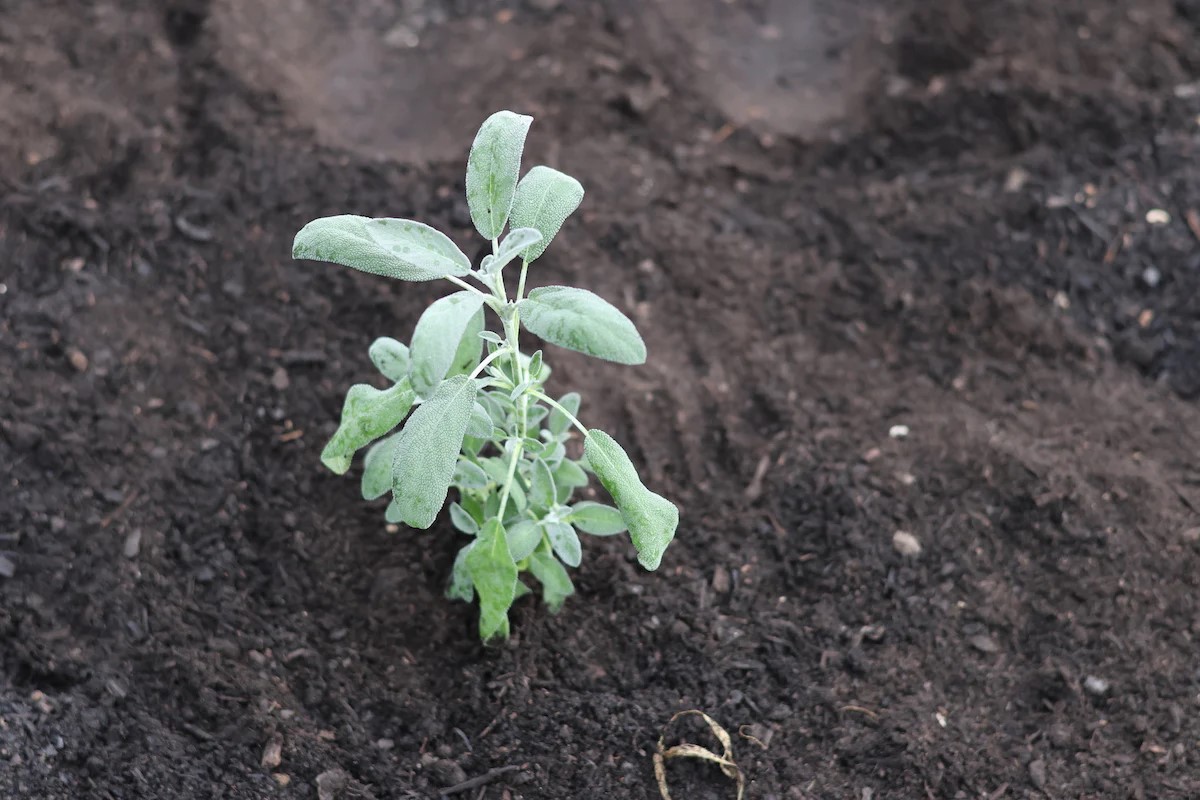

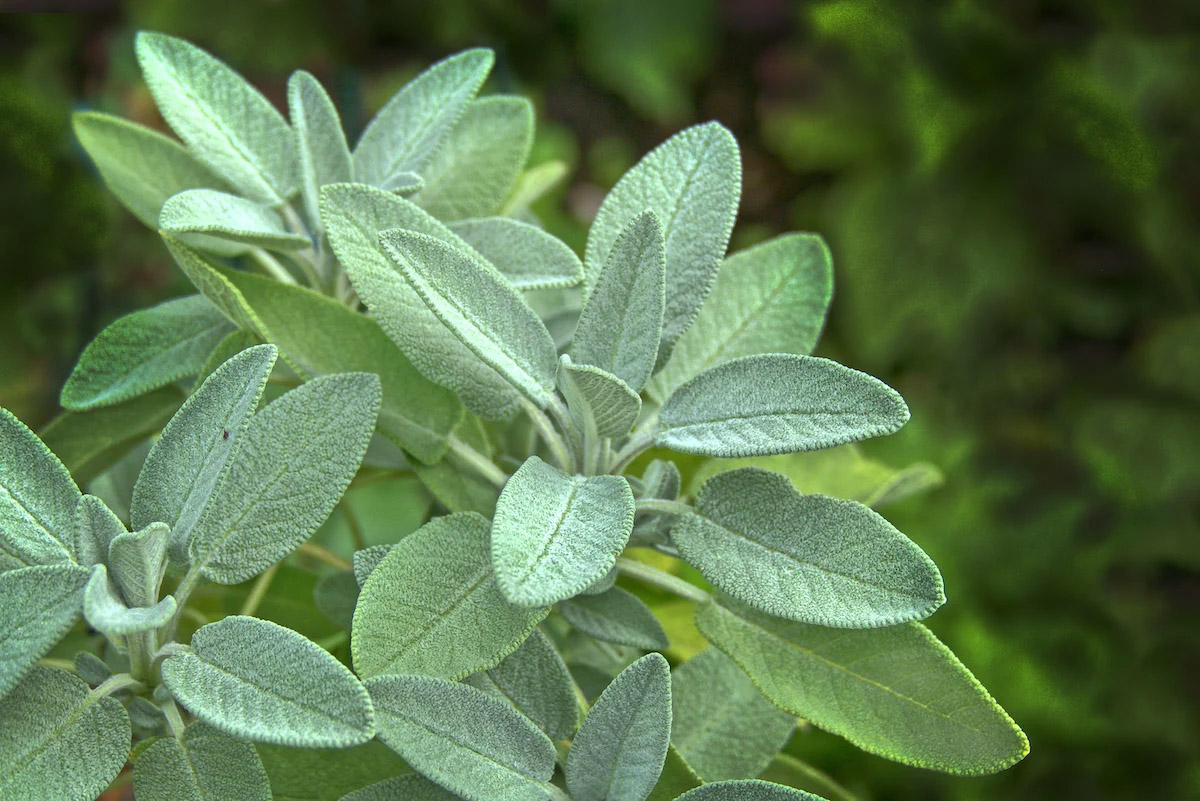
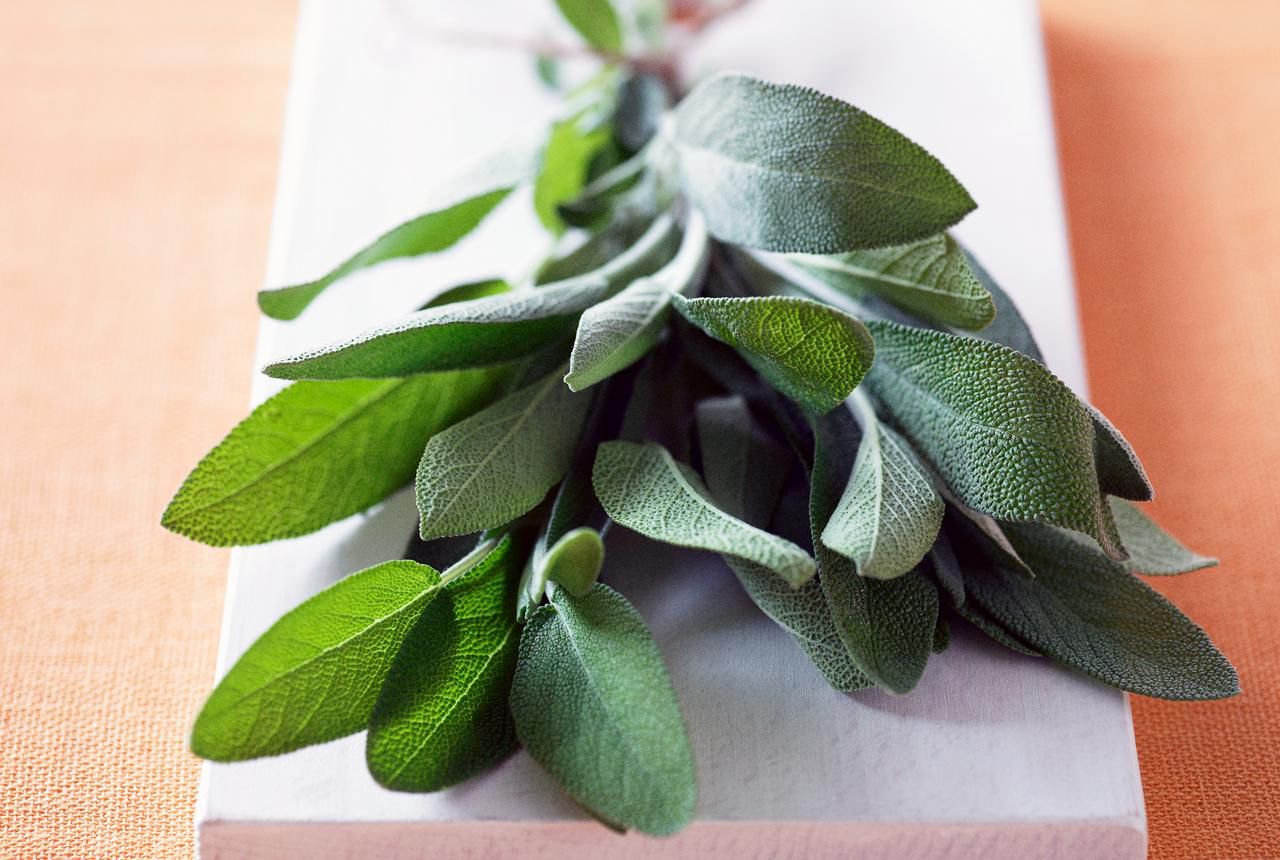


0 thoughts on “What Is Sage Grass”